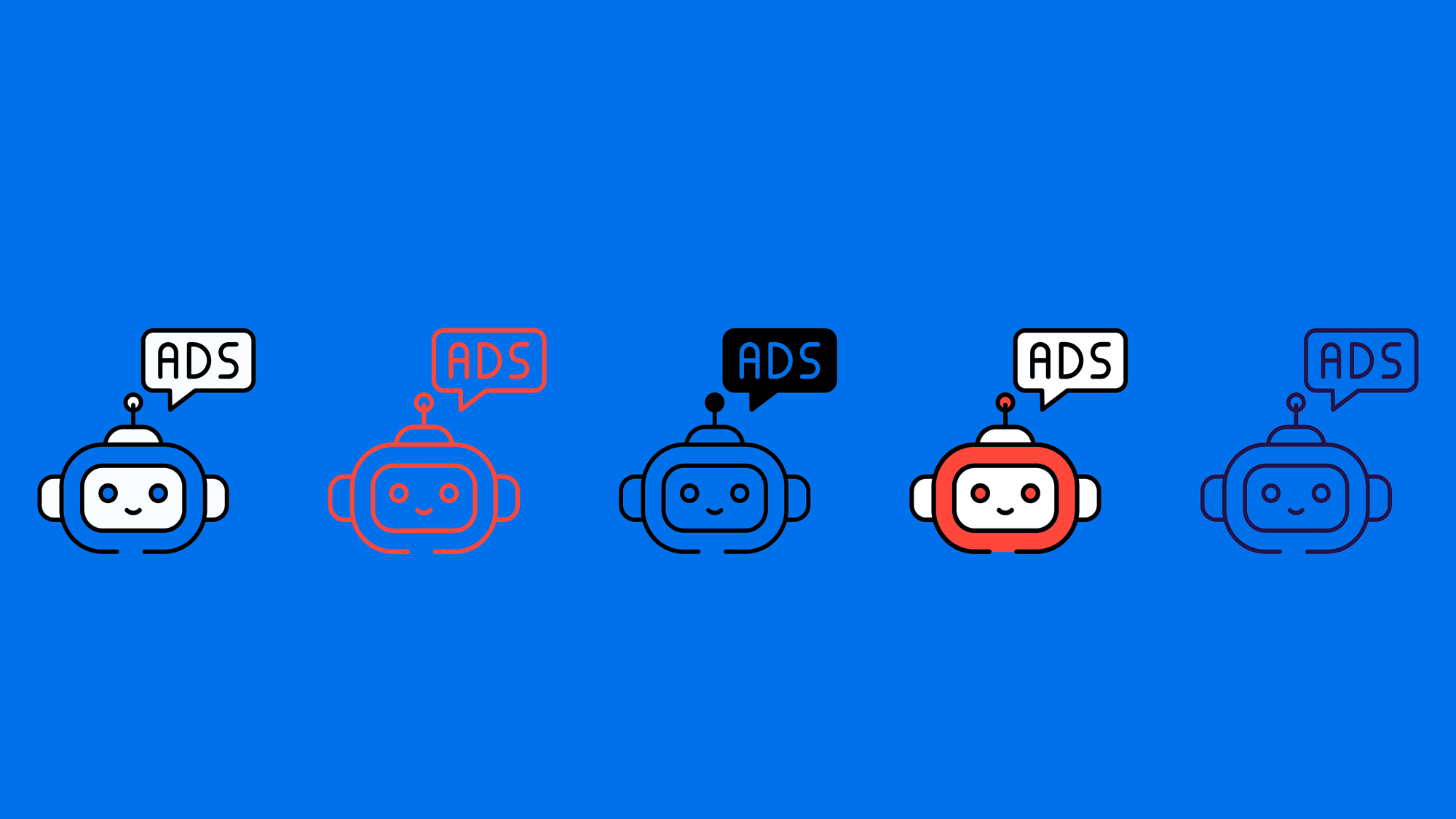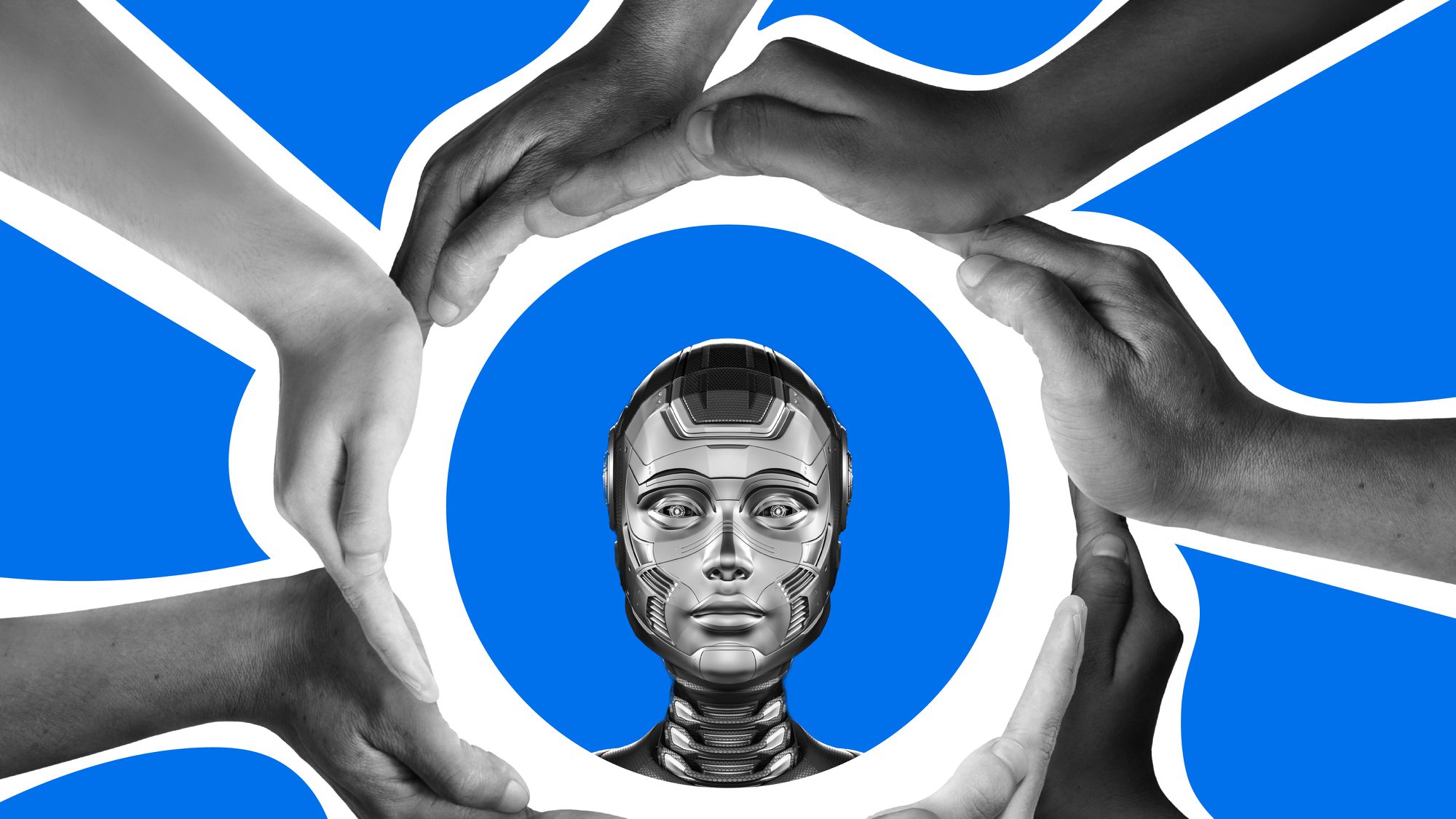B2B marketing: where’s the human?

We’ve been working in the B2B sector a lot lately, and something keeps bothering us: where’s the human in B2B marketing?
Nearly half of B2B brands in the UK last year failed to stand out, according to research from WARC. And Dentsu’s 2024 survey revealed that:
buyers believe ‘many of the brands I see at work have very similar marketing and communications messages – they all sound and act the same.
And the challenge is only getting more complex. AI is becoming deeply integrated within the buying process – from filtering emails, to assessing and scoring proposals, to shifting more procurement online instead of face to face.
Understanding the buying journey now means knowing when your content needs to flex for an AI audience and when it needs to connect with a human one.
Because whether you’re talking to a procurement bot or a person in a boardroom, you’re still ultimately trying to persuade a human being. A person with real needs, real behaviours, and real biases. The only difference is that, increasingly, you’ll need to get past their AI gatekeeper first.
B2B marketing: start with the person
It’s a simple and obvious point – and AI doesn’t change it. If anything, it adds another layer of consideration.
When you put the people – your customers – first, interesting things happen. And in a world where AI may handle much of the early filtering, that human focus becomes even more important when your brand finally reaches a decision-maker.
And, it gets even more powerful when you add behavioural science to the mix. Behavioural science helps develop a deep psychological understanding of your audiences – that’s exactly what we do at the Team.
What behavioural science tells us
If we want to truly understand the people behind B2B decisions – especially in a world where AI may filter what they see – we need more than surface-level insights. And, that’s where behavioural science comes in.
The excellent Richard Shotten raised a similar point in his recent Marketing Week article, observing that behavioural science is regularly used in FMCG marketing but far less so in B2B. So, why is that?
Shotten goes on to talk about a famous academic debate between Ken Binmore (a mathematician) and Richard Thaler (Nobel Laureate).
Binmore argued that high-stakes decisions (like purchasing decisions you might have to make at work) brought out rational behaviour. Thaler contended that they expose our greatest vulnerabilities, arguing that the higher the stakes, the more significant the impact of behavioural biases.
The article goes on to detail studies aimed at better understanding decision making in a business environment. And, it proved that Thaler was right – biases absolutely influence business decisions, despite common belief that rationality rules at work. While high-stakes choices – like signing million-pound contracts or selecting software for thousands – seem to demand clear-headed thinking, behavioural science shows that biases often loom larger as the stakes rise.
So, what does this mean for B2B marketing with AI in the mix?
It’s true that AI will play a role in connecting people. This fascinating conversation between Flavia Barbat of Brandingmag and Stefano Puntoni shines a light on the role that AI will have in connecting people.
Soon your marketing presence online will have to cater for two customers coming to your site – the AI customer, and the human being. But, it’s likely that it’ll be the AI agent that visits you first, and it will be that agent – if it doesn’t automatically buy from your brand – who will likely recommend that the human being go take a look.
The problem is that AI, unlike humans, loves detail and data and the more the better. Where human beings want you to cut to the chase and make points quickly and with personality, AI cares not a jot for feelings. And so, brands are faced with a new paradigm: writing for Agentic AI as well as humans. And that requires something very different. Blending the detail and data with human-centric, emotion driven content.
What this means for B2B brands
- Start with the person – use a behavioural science lens to understand what biases might be at play in the decision-making process. As well as understanding the dynamics of that process too, as often a range of people (and so biases) will be involved, not just one. AI might screen your brand first, but it’s people who will debate, decide, and sign off.
- Put some effort in – as our own behavioural scientist Mark Hauser explored in a recent blog, just because it’s business doesn’t mean it has to be serious, dull or lacking in effort. In fact, it turns out the more effort you put in, and the more craft is applied, the more it can build trust. Even if AI assesses the details, humans still notice. And they trust the brands that show care and personality.
- Don’t be afraid to stand out – you may think that parity aids comparison, but as noted in Richard Shotten’s article, the ‘red sneakers effect’ has shown that in the right context, being bold or breaking the mould could be just what your brand needs to gain an advantage. Standing out matters as much to an AI scoring matrix as it does to a human’s memory.
- Map your approach against the buying journey – so that you can consider how to flex content and approach, not just depending on stage and decision making process, but also the potential involvement of AI.
AI may change the mechanics of how we reach people, but it doesn’t change why we reach them. Whether your first touchpoint is an algorithm, a data model, or a person, the end goal remains the same: to connect with the human making the decision.
B2B brands that thrive will be those that can do both: speak the language of AI when needed, but never forget how to speak to people.




